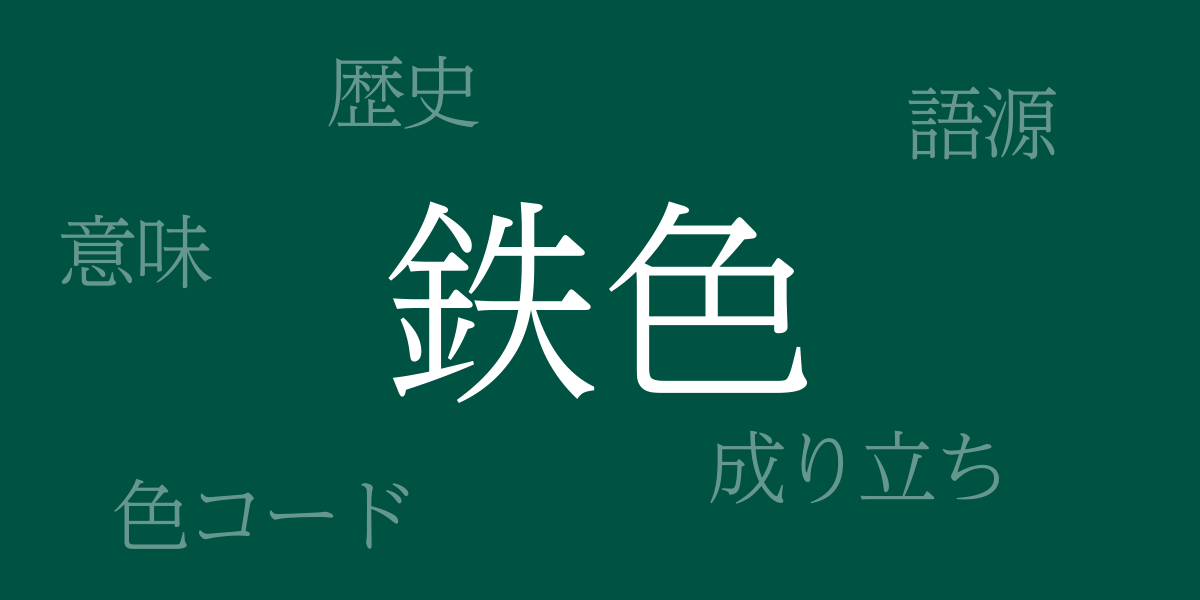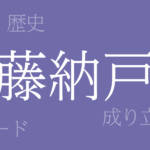Japanese traditional colors embody unique beauty and deep history. Among them, “鉄色” (てついろ, Tetsuiro) stands out with its chic and subdued tones, symbolizing a taste of traditional Japan deeply ingrained in the lives of its people. This article delves into the allure of Tetsuiro, exploring its background, color codes, and Western names.
About 鉄色 (てついろ, Tetsuiro)
鉄色 (てついろ, Tetsuiro) literally translates to “iron color,” featuring a deep, dark gray with a subtle hint of blue, reminiscent of iron. It is commonly used in traditional Japanese clothing and crafts, known for its calming yet impactful presence. Its refined impression often makes it a preferred choice in modern designs and artworks.
History of 鉄色 (てついろ, Tetsuiro)
Tetsuiro has been one of the traditional colors used in Japan since ancient times. In the Heian period, it adorned the garments of nobility and was even incorporated into the armor and decorations of samurai in the warrior society. As the Edo period began, its popularity spread among commoners, finding its way into everyday items and clothing. Its serene hue remains deeply intertwined with the Japanese aesthetic sensibility.
Color Codes for 鉄色 (てついろ, Tetsuiro)
For digital and web design, precise color codes are essential to reproduce Tetsuiro accurately.
- HEX: #005243
- RGB: R:0 G:82 B:67
- CMYK: C:91 M:58 Y:79 K:27
Western Names for 鉄色 (てついろ, Tetsuiro)
Western names equivalent to Tetsuiro include “Iron Grey” and “Steel Grey.” These names evoke the colors of iron and steel, capturing the sturdy and composed impression of Tetsuiro in the Western context.
Summary of 鉄色 (てついろ, Tetsuiro)
Tetsuiro has been cherished as a Japanese traditional color for centuries, and its charm continues to be recognized in various fields today. Whether in traditional Japanese spaces or modern designs, its hues symbolize Japan’s aesthetic values. Even in the digital age, understanding the color codes of Tetsuiro allows us to incorporate its tradition into contemporary creations.

























